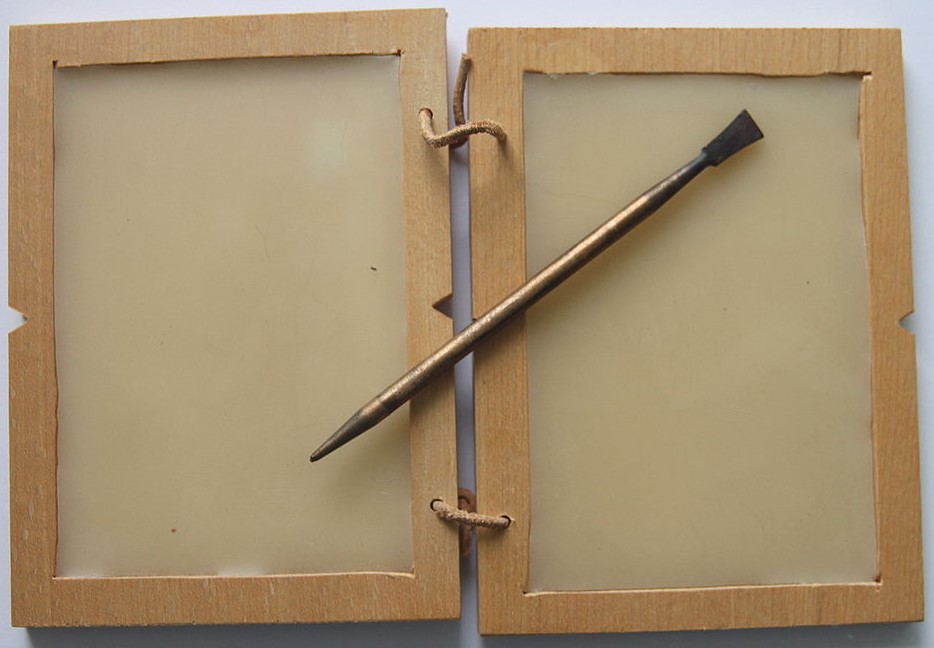Kids Learning Zone
Roman Education
Roman society was very class divided as we know and this reflected on the level of education you received. Poor children had little or no education and could not read or write they were destined for a life of poor quality, slavery or really hard work. Wealthier boys were sent to an elementary school 'Ludas' from age 6-7 and stay until they were 11. Girls received little education at home and were taught mainly domestic skills to fit into their adult role.
The school day started at dawn and ended at midday, a slave called a 'Paedagogus' would escort and remain with the children in class to ensure proper behavior.
Schools were often in sheltered public areas, in private rooms of houses or in shop back rooms with about a dozen pupils per class. Teachers were often Greek slaves who were educated in many subjects.
Most formal education and learning stopped at the age of 14. Further education for boys was sometimes carried out at home using a private tutor called a 'Grammaticus' who taught geography, history, philosophy, astronomy and Greek. The more well to do boys needed the art of rhetoric or public speaking and were taught by a 'Rhetor' for when they addressed business meetings and political gatherings in adulthood. Some of the elite classes were schooled in the art of war and military skills so they could be in the army.
Writing materials were a wax tablet and a stylus pictured below, which was a metal pen basically that scratched into the wax or onto broken bits of pottery. Some older pupils used papyrus which is thin paper like sheets made from Egyptian reed the ink was made from soot mixed with water.
A wax tablet used to write on during learning. Once finished you either scrape the wax with the flat end of the stylus or reheat with fresh wax to refill the tablet pages.
